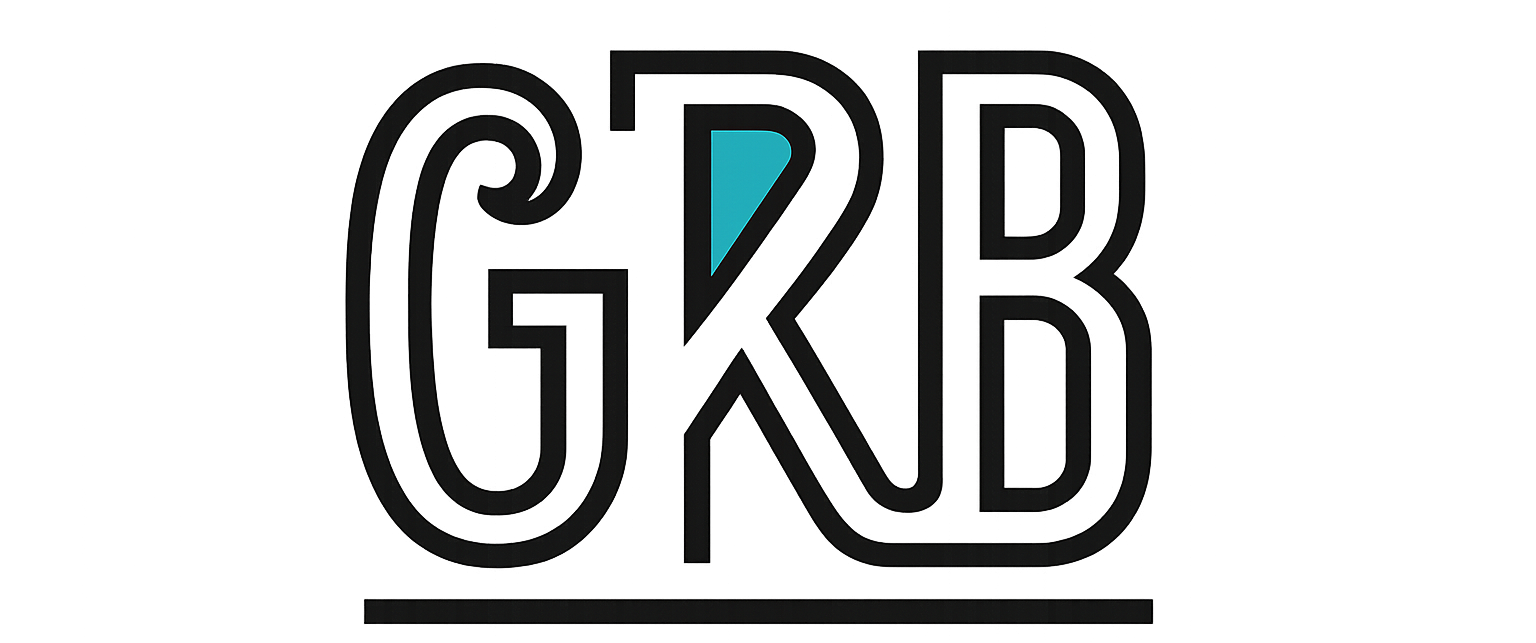# Conquer Meeting Fatigue: Mastering Async Teams Tactics
In today’s fast-paced digital workplace, remote meetings are a staple. However, too many meetings can lead to fatigue, decreased productivity, and burnout. It’s time to revolutionise our approach with asynchronous (async) communication, particularly using powerful tools like Microsoft Teams.
The Issue: Meeting Fatigue Explained
Meeting fatigue has become a common issue in the modern workplace. With back-to-back video calls, the lines between professional and personal time can blur, leading to stress and exhaustion.
Instead of revitalising, meetings often drain employees. This fatigue hampers creativity and productivity. Moreover, meetings can frequently be less efficient, taking precious time away from completing actual work.
Understanding Asynchronous Communication
Asynchronous communication allows for flexibility. Unlike real-time meetings, async communications do not require everyone to be present simultaneously, providing time for in-depth thought and response.
This method enables employees to work at their own pace, leading to more detailed, nuanced engagement. It’s about empowering team members to contribute when they’re at their best, ultimately improving the quality of output.
Leveraging Microsoft Teams for Async Success
Microsoft Teams is a robust platform offering a suite of tools to facilitate async communication. Utilise channels, chats, and threads for announcements and discussions without scheduling a meeting.
Record meetings and share notes on Teams so participants can catch up on their own schedule. This approach ensures everyone stays updated, respecting individual productivity peaks and facilitating better work-life balance.
Streamlining Workflow with Task Tools
Use Task Management tools within Teams, like Planner and To Do, to keep everyone aligned without the need for constant check-ins. Assign tasks, set deadlines, and track progress without disrupting the workday.
Regularly updating tasks and utilising dashboards allows for transparency and accountability. Team members can focus on delivering their best work, knowing they can catch up with others asynchronously.
Embracing a Culture of Trust and Autonomy
Async communication thrives in a culture of trust. Leaders must trust their team to manage their time and priorities effectively. Encourage autonomy by allowing team members to decide how and when they contribute.
Promote a results-oriented work environment where the focus is on outcomes rather than hours clocked. This shift can enhance job satisfaction and effectiveness, mitigating fatigue associated with constant live meetings.
Conclusion: The Future of Work is Async
Transitioning to asynchronous Teams tactics can significantly reduce meeting fatigue, enhance productivity, and improve employee well-being. By investing in these practices, companies can foster a more adaptive and resilient workforce.
Moving towards async communication isn’t just a trend; it’s an innovative leap toward a healthier, more efficient way of working. Let’s embrace this change and lead our teams into a future where flexibility and focus go hand in hand.
—

